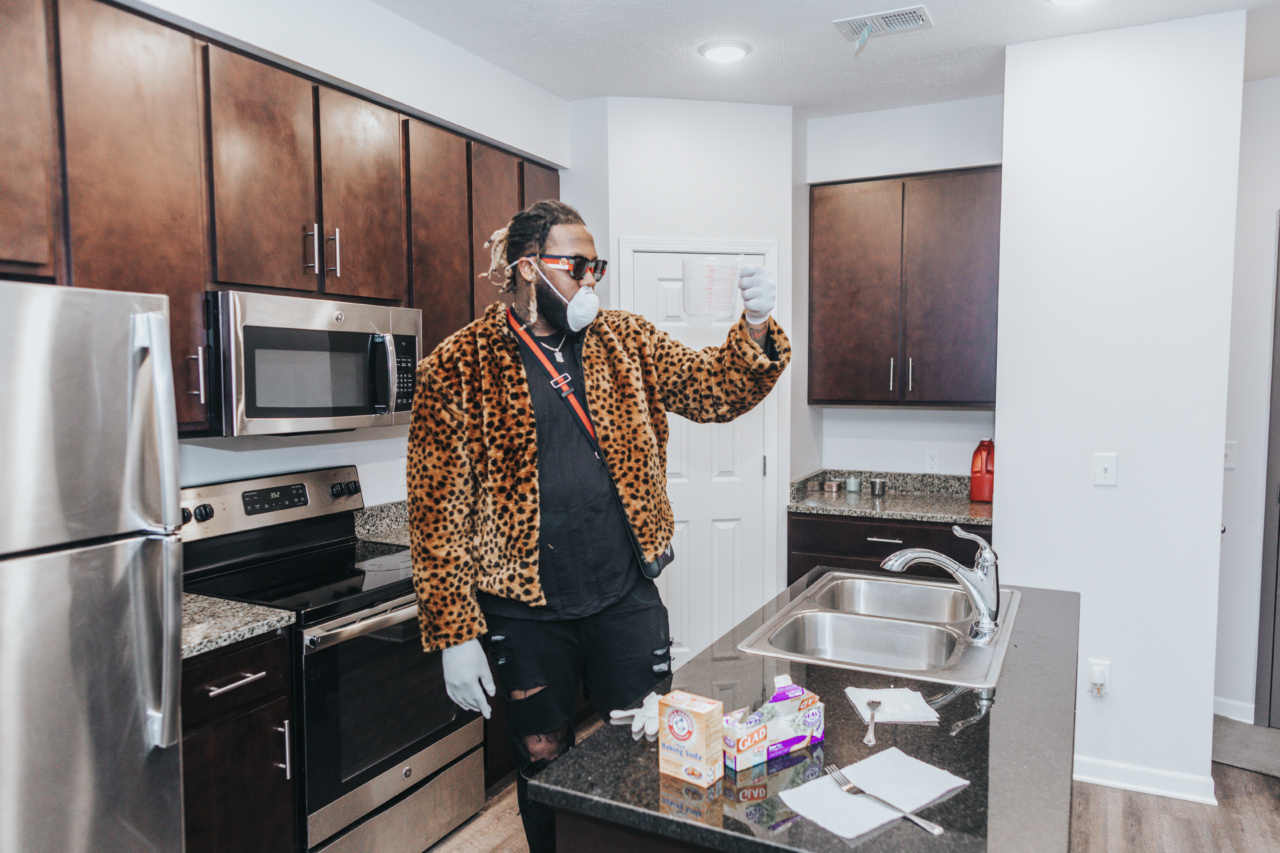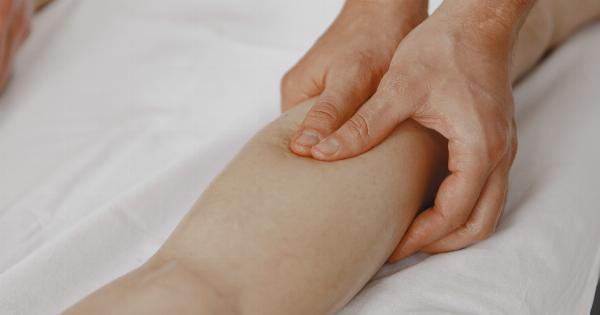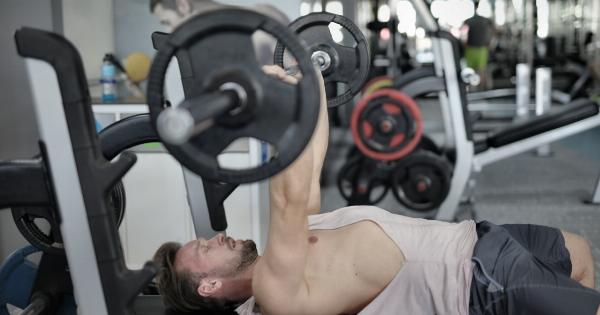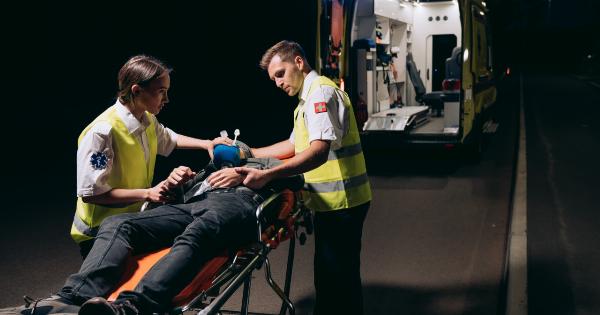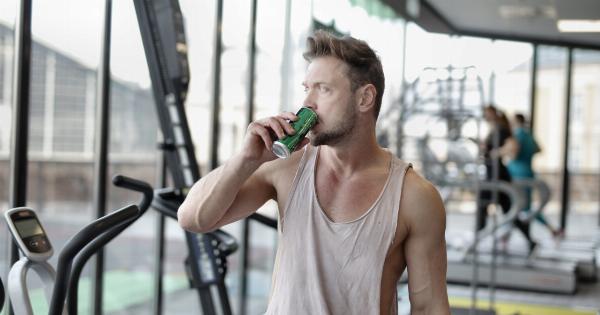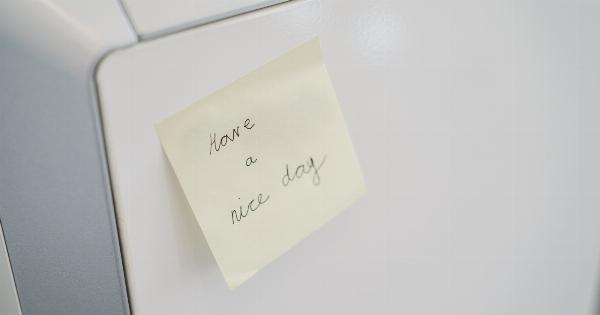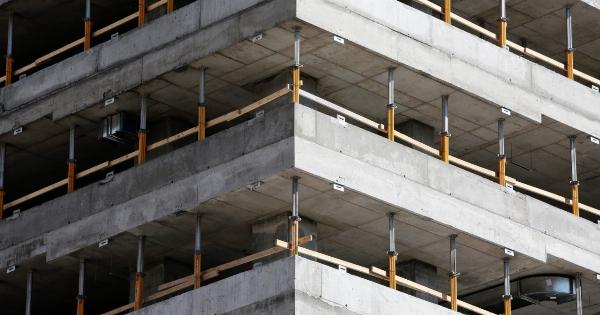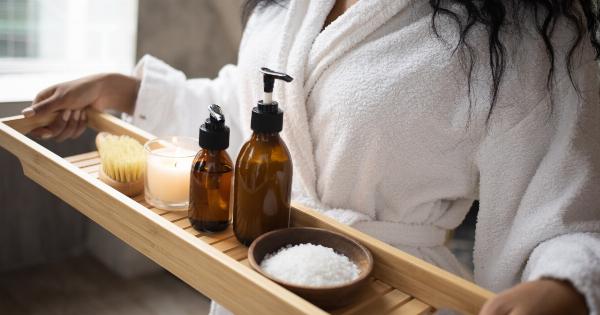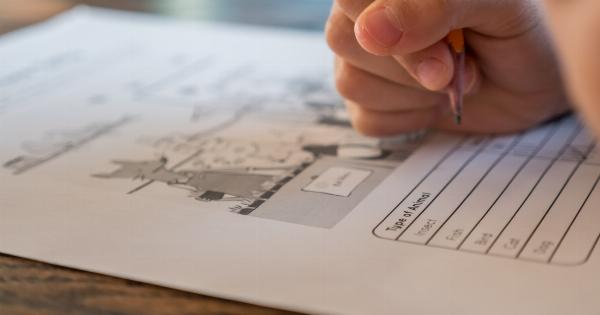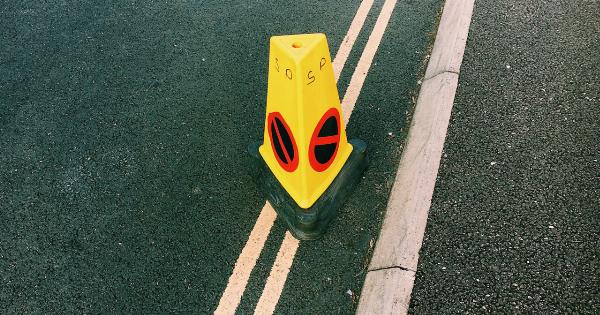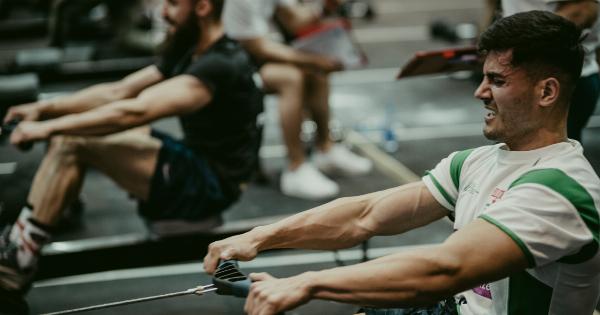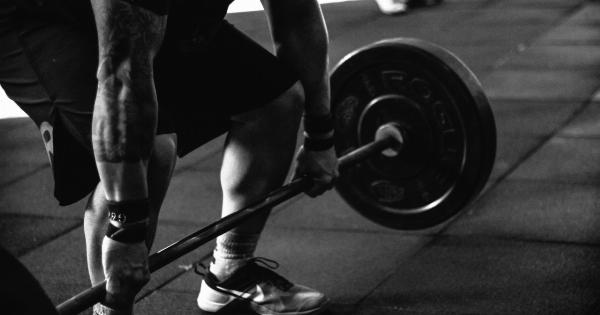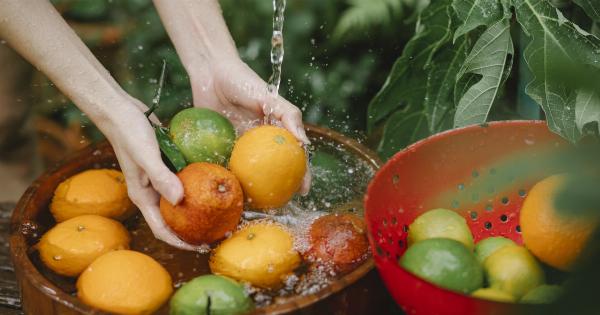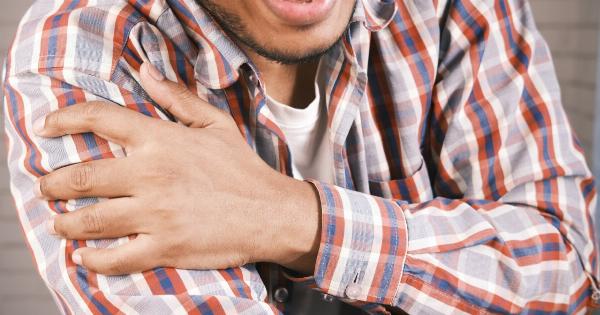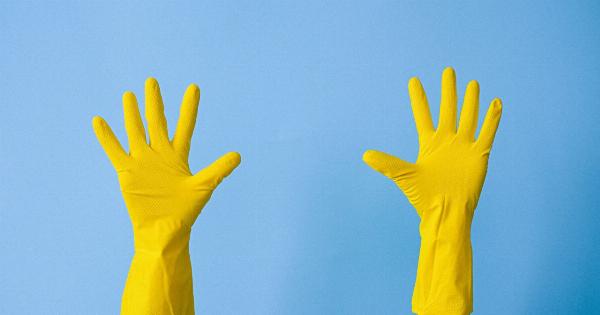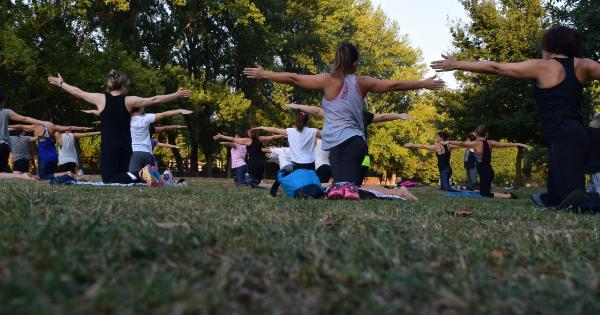Have you ever been woken up in the middle of the night by an excruciating muscle cramp? Or experienced one while exercising or working? Muscle cramps can be both painful and inconvenient.
In this article, we will discuss the causes of muscle cramps, how to treat them, and steps you can take to prevent them from happening in the first place.
What Causes Muscle Cramps?
Muscle cramps can occur for a variety of reasons, including dehydration, overuse of a muscle, and poor blood circulation.
In some cases, cramping can be a symptom of an underlying health condition, such as peripheral artery disease, nerve damage, or kidney disease. However, most muscle cramps occur without an underlying medical cause.
Dehydration is one of the most common causes of muscle cramps. When you sweat, you lose fluids and electrolytes, which can lead to an imbalance of electrolytes in your body. This can cause muscles to cramp or spasm.
Overuse of a muscle, such as during exercise or physical labor, can also cause cramping. In these cases, the muscle becomes fatigued and unable to relax, resulting in pain and discomfort.
Poor blood circulation can also lead to muscle cramps. When there isn’t enough blood flow to a muscle, it doesn’t get the necessary nutrients and oxygen it needs to function properly. This can cause the muscle to spasm and cramp.
How to Treat Muscle Cramps
If you experience a muscle cramp, there are several things you can do to find relief:.
1. Apply Heat or Cold
Applying heat or cold to the affected muscle can help to ease pain and reduce inflammation. Try using a heating pad or a warm towel for a few minutes, or apply an ice pack or a bag of frozen vegetables wrapped in a towel to the area for 20-30 minutes.
2. Stretch the Muscle
Gently stretching the affected muscle can also help to ease pain and reduce cramping. For example, if you’re experiencing a cramp in your calf muscle, try stretching your leg out and flexing your foot toward your body.
3. Massage the Muscle
Gently massaging the affected muscle can help to increase blood flow and promote healing. Use your fingertips to apply pressure to the affected area, or try using a foam roller or massage ball to work out any knots or tight spots.
4. Drink Fluids
If your cramping is caused by dehydration, drinking fluids can help to rehydrate your body and balance your electrolytes. Try sipping on water or a sports drink, or eating foods that are high in water content, such as fruit or soup.
5. Take Medication
If your cramping is severe, over-the-counter pain relievers such as ibuprofen or naproxen can help to reduce pain and inflammation.
How to Prevent Muscle Cramps
The best way to prevent muscle cramps is to take steps to avoid the underlying causes:.
1. Stay Hydrated
Drinking plenty of fluids can help to prevent cramps caused by dehydration. Aim to drink at least eight glasses of water a day, and more if you’re active or sweating heavily.
2. Stretch Before Exercise
Stretching before exercise can help to warm up your muscles and prevent cramps from occurring. Focus on stretching the muscles you’ll be using during your workout.
3. Wear Appropriate Footwear
Wearing shoes that fit properly and provide adequate support can help to prevent cramps caused by overuse or poor foot alignment. You may also want to consider wearing arch supports or inserts.
4. Stay Active
Regular exercise can help to improve circulation and strengthen muscles, reducing the likelihood of cramping. Just be sure to start slowly if you’re new to exercise and gradually increase intensity and duration.
5. Eat a Balanced Diet
Eating a diet that’s high in nutrients, particularly calcium, magnesium, and potassium, can help to prevent cramps. Focus on consuming plenty of fruits, vegetables, whole grains, and lean protein sources.
Conclusion
Muscle cramps can be a painful and inconvenient problem, but there are steps you can take to prevent and treat them.
By staying hydrated, stretching before exercise, wearing appropriate footwear, staying active, and eating a balanced diet, you can keep muscle cramps at bay and enjoy a more pain-free lifestyle.
